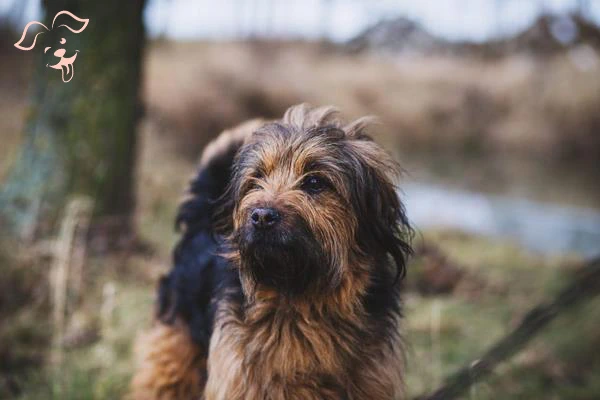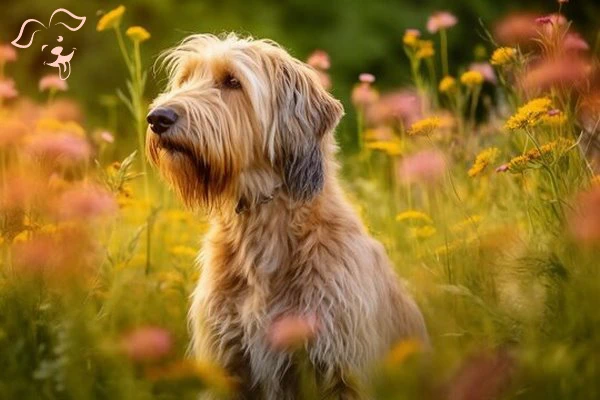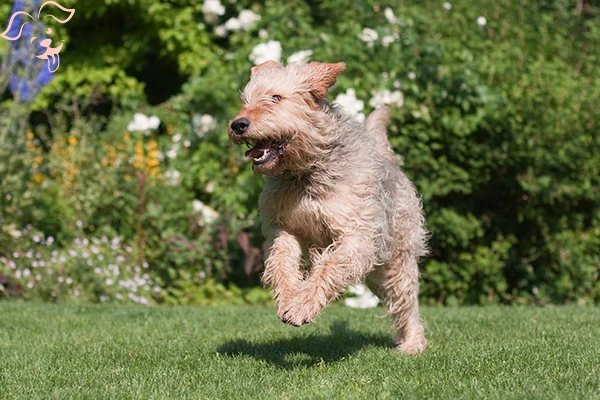CARING WITH FAMILY
|
| The degree of affection a breed is likely to exhibit with family members or familiar individuals can vary widely. Certain breeds may show reserved behavior forming a deep bond predominantly with their owner and maintaining a distant demeanor with others. Conversely, some breeds are sociable butterflies bestowing their friendly affections on nearly anyone within their social circle as if every acquaintance is a long-lost friend. It often boils down to the breed's inherent traits and socialization experiences shaping how openly they express their fondness. |
LOVE WITH CHILDREN
Unwise
Good With Children
|
| The supervision of dogs in the presence of children particularly those unfamiliar with canine behavior is crucial, however, breeds with a higher tolerance for children's antics are inherently more compatible with family life. |
BEHAVIOR WITH DOGS
Unwise
Good With Other Dogs
|
| When it comes to the sociability of different dog breeds with their fellow canines supervision during initial encounters is key however, certain breeds are predisposed to interact more amicably with others, whether during park visits or within the family setting. |
SHEDDING LEVELS & MANAGEMENT
No Shedding
Hair Everywhere
|
| The amount of fur and hair this particular breed is likely to shed. Breeds known for their heavy shedding require more regular grooming and brushing sessions. They're also more apt to set off specific allergies and you may find yourself vacuuming and using lint rollers with greater regularity to keep your space tidy. |
COAT GROOMING STANDARDS
|
| Consider the grooming routine needed for a breed including how often they'll need a bath, brush out, a trim or any other coat care. It's important to reflect on the time, patience and budget you have available for these maintenance tasks. Remember, no matter the breed regular nail trims are a must for all dogs. |
DROOLING INTENSITY
Less Likely to Drool
Always Have a Towel
|
| Take into account the likelihood of a breed to drool. For those who prefer a spotless environment, dogs known to leave trails of drool on your arm or large damp patches on your attire might not be the most suitable companions. |
COAT STYLES GUIDE |
| Rough, Double |
| COAT SPECTRUM |
| Medium |
FRIENDLINESS
Reserved
Everyone Is My Best Friend
|
| Reflect on a breed's typical disposition towards unfamiliar people. Certain breeds may naturally exhibit reserve or caution around strangers, no matter the setting. On the other hand, there are breeds that are always eager to greet a new face with enthusiasm whenever the opportunity arises. |
LIVELINESS
Only When You Want To Play
Non-Stop
|
| Reflecting on a breed's zeal for play even beyond their puppy years is key. Some breeds maintain their love for lively games like tug-of-war or fetch well into their maturity, while others are content to spend most days simply lounging on the couch alongside you. |
VIGILANCE INTENSITY
What's Mine Is Yours
Vigilant
|
| The instinct of a breed to notify you about the presence of strangers is something to consider. Such breeds are typically more responsive to potential threats, be it the mail carrier or a squirrel scampering outside the window. However, these same breeds are often quick to accept strangers who are welcomed into the home by their family members. |
ADAPTATION CAPACITY
Lives For Routine
Highly Adaptable
|
| Consider a breed's adaptability to change, which encompasses shifts in living arrangements, noise levels, climate, daily routines and other daily life fluctuations. Some breeds take such variations in stride adjusting with ease, while others may need extra support and time to acclimatize to new circumstances. |
OBEDIENCE LEVEL
Self-Willed
Eager to Please
|
| Think about the ease of training your dog and their eagerness to pick up new skills. Certain breeds are naturally inclined to please their owners and revel in learning new commands, while others march to the beat of their own drum displaying independence in their actions and preferences. |
STAMINA LEVEL
|
| Take a moment to consider the exercise and mental engagement a breed requires. High-energy breeds are always on the move enthusiastically anticipating their next escapade. They're the ones who relish in running, leaping and playing all day long. On the flip side, low-energy breeds are akin to couch potatoes, they're perfectly content to lounge and nap the day away. |
VOCALIZATION
|
| Frequent |
LEARNING CURIOSITY LEVEL
Happy to Lounge
Needs a Job or Activity
|
| Consider the level of mental exercise a breed necessitates to remain content and in tip-top shape. Dogs that have been bred for specific roles might need tasks that involve decision-making, problem-solving and focused attention, among other mental skills. If they don't get the cerebral workout they require, they're quite resourceful at devising their own assignments to occupy their minds often with activities that might not exactly align with your own preferences. |
| COLORS |
|
Description
|
Registration Code
|
|
Black
|
007
|
|
Black & Tan
|
018
|
|
Blue & Cream
|
273
|
|
Gray
|
100
|
|
Liver & Tan
|
124
|
|
Tan
|
195
|
|
Wheaten
|
224
|
|
Blue
|
037
|
|
Lemon
|
114
|
|
White
|
199
|
|
White Black & Tan
|
219
|
|
| PATTERNS |
|
Description
|
Registration Code
|
|
Badger Markings
|
001
|
|
Black Markings
|
002
|
|
Black & Tan Markings
|
039
|
|
Grizzle Markings
|
064
|
|
Liver Markings
|
010
|
|
White Markings
|
014
|
|
Lemon Markings
|
063
|
|
Silver Markings
|
034
|
|
Tan Markings
|
012
|
|
White & Tan Markings
|
062
|
|






























FRIENDLINESS
LIVELINESS
VIGILANCE INTENSITY
ADAPTATION CAPACITY